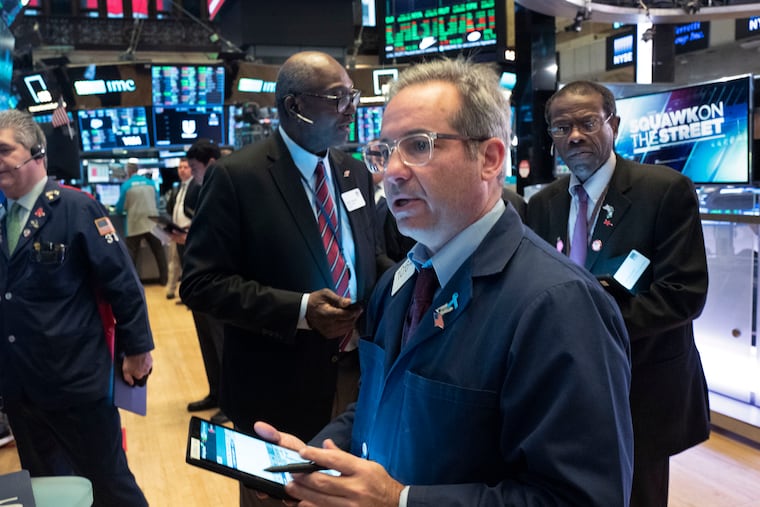Crash in U.S. stocks and jobs resembles 2008, but the rebound could be faster
“We are going to see a massive government bailout. This time, they have to focus on small business and working-class people. Those are small-margin businesses and employers.”
